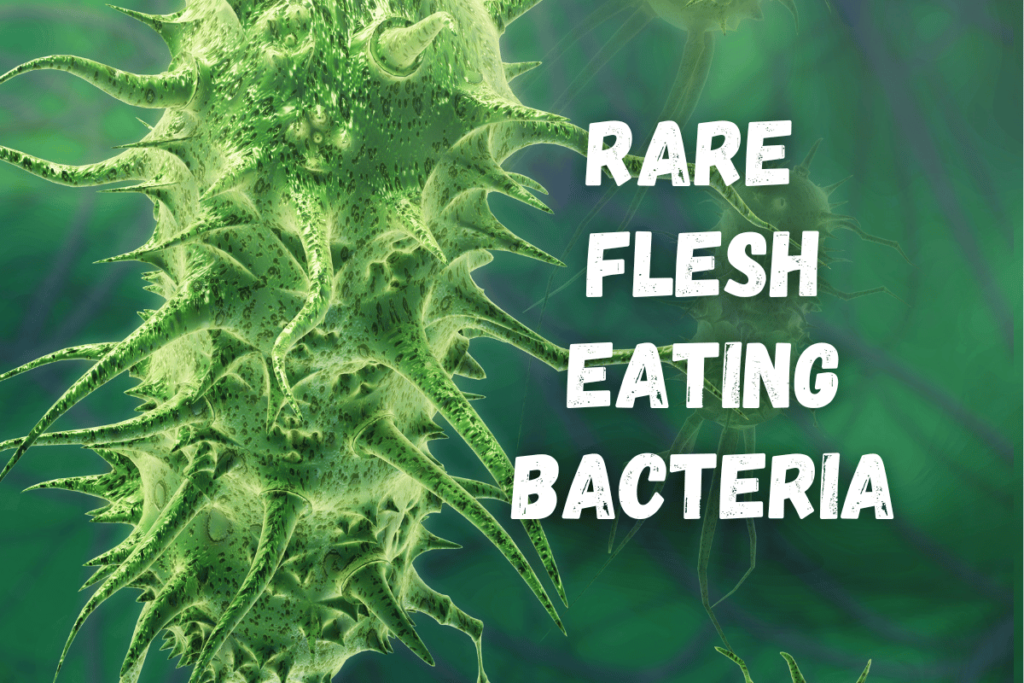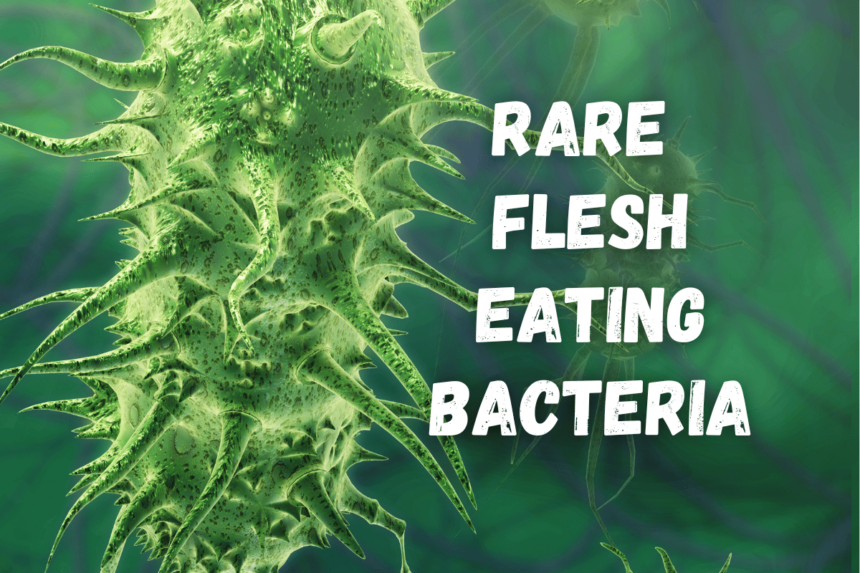Rare Flesh-Eating Bacteria: What You Need to Know

Introduction:
What is Flesh-eating bacteria
Flesh-eating bacteria is a rare but serious bacterial infection that can quickly destroy skin, muscle, and fat tissue. It is also known as necrotizing fasciitis. This infection is caused by a variety of bacteria, but the most common are Streptococcus pyogenes and Staphylococcus aureus.
What are the symptoms of flesh-eating bacteria?
The symptoms of flesh-eating bacteria can vary depending on the type of bacteria that is causing the infection. However, some common symptoms include:
- Redness, swelling, and pain at the site of the infection
- Fever
- Chills
- Nausea and vomiting
- Fatigue
- Rapidly spreading rash
- Blisters or black spots on the skin
- Pus or oozing from the wound
- Numbness or tingling in the affected area
How is flesh-eating bacteria treated?
Flesh-eating bacteria is a medical emergency and requires immediate treatment. The treatment for this infection typically includes:
- IV antibiotics
- Surgery to remove dead tissue
- Pain medication
- Fluid and electrolyte replacement
How can I prevent flesh-eating bacteria?
There is no sure way to prevent flesh-eating bacteria, but there are some things you can do to reduce your risk of getting this infection, such as:
- Keeping your wounds clean and covered
- Avoiding contact with open wounds or sores on other people
- Practicing good hygiene, such as washing your hands often
- Getting vaccinated against Streptococcus pyogenes
Conclusion:
Flesh-eating bacteria is a rare but serious infection. If you think you may have this infection, it is important to seek medical attention immediately. With prompt treatment, most people with flesh-eating bacteria make a full recovery.











